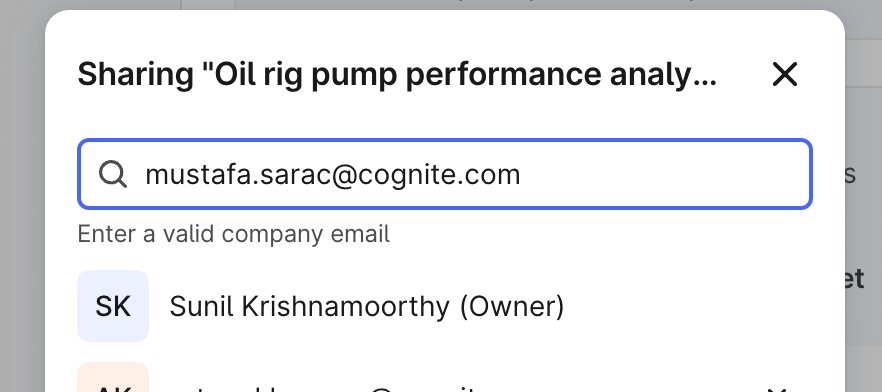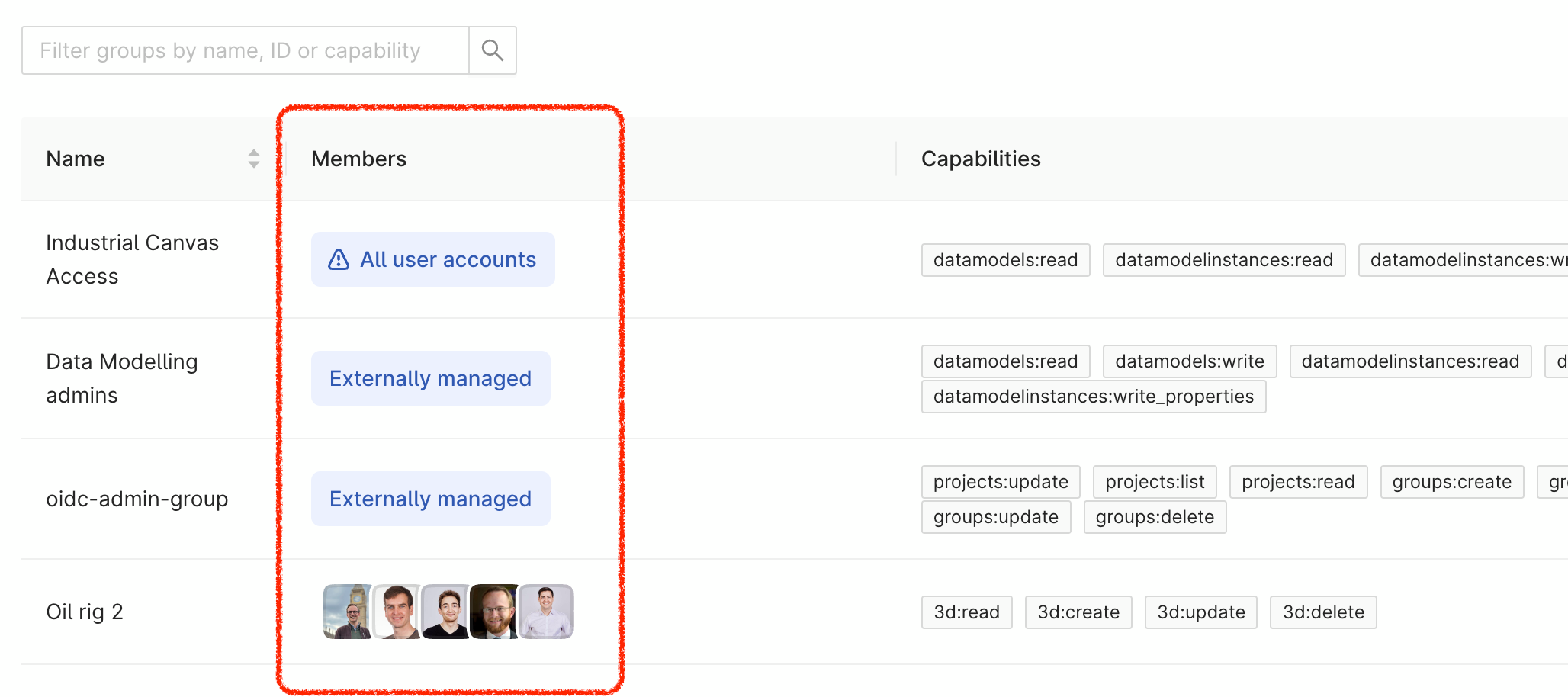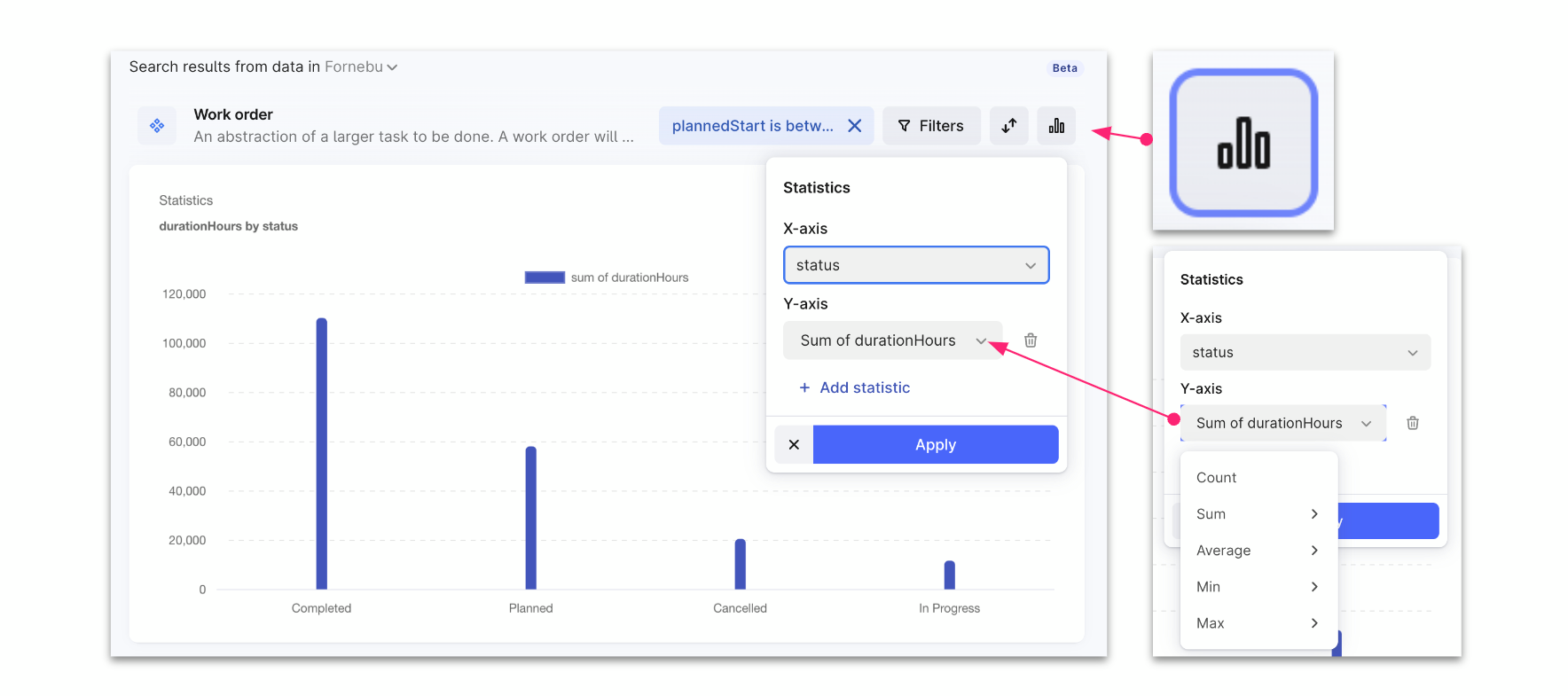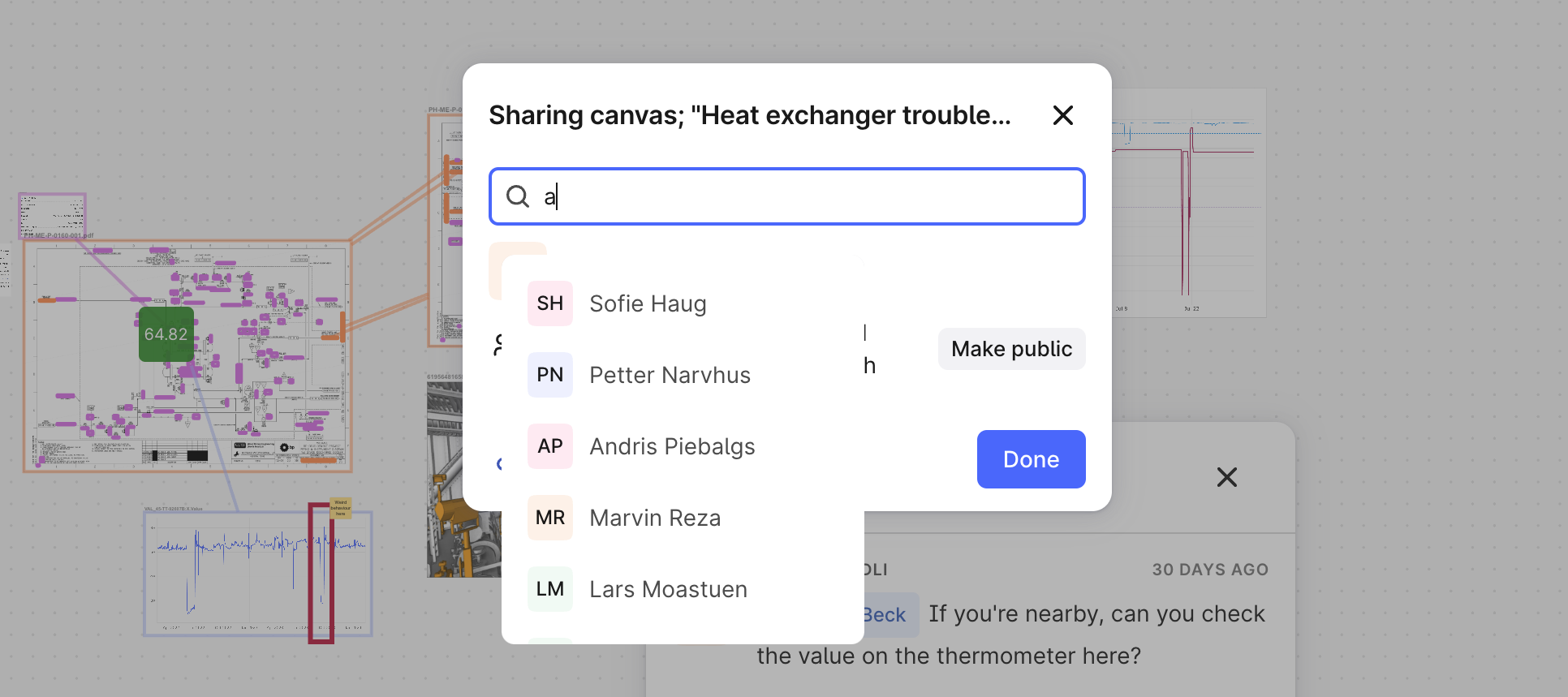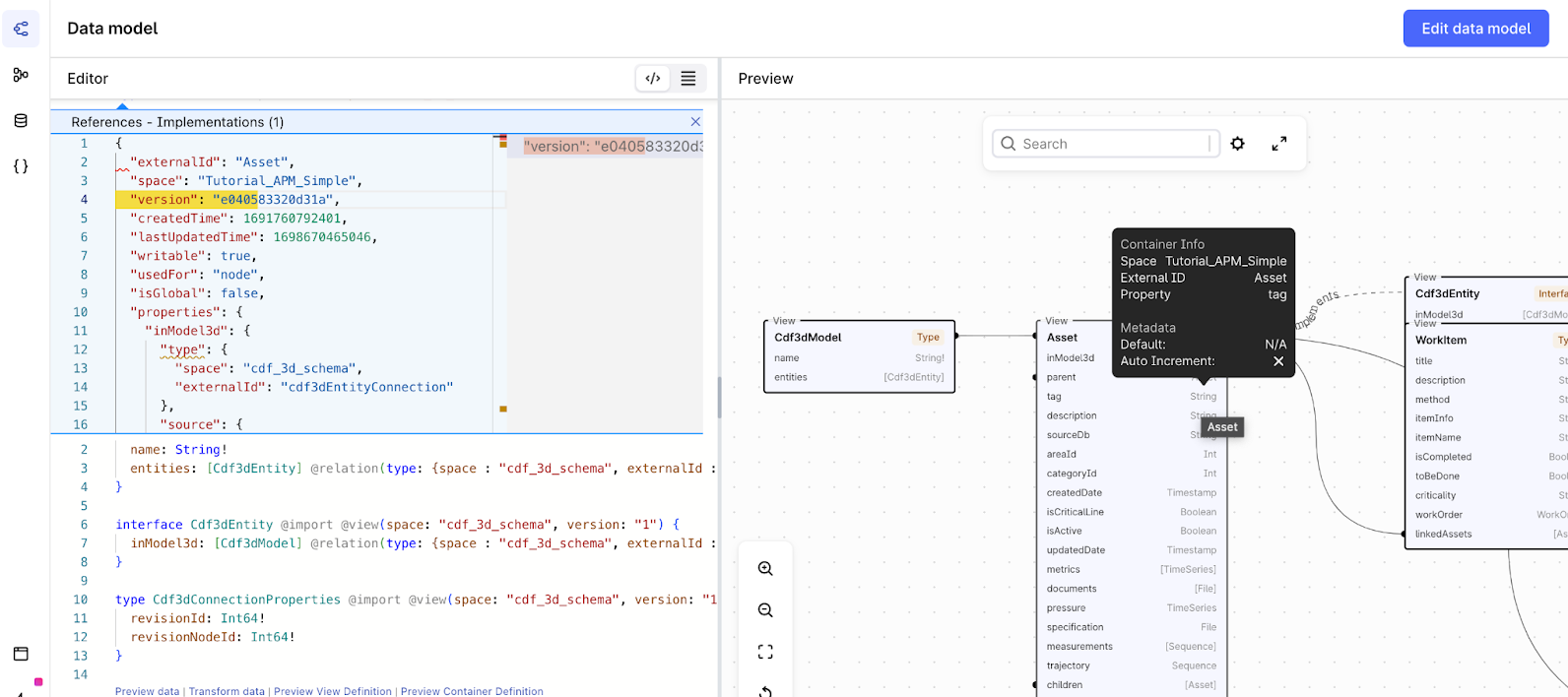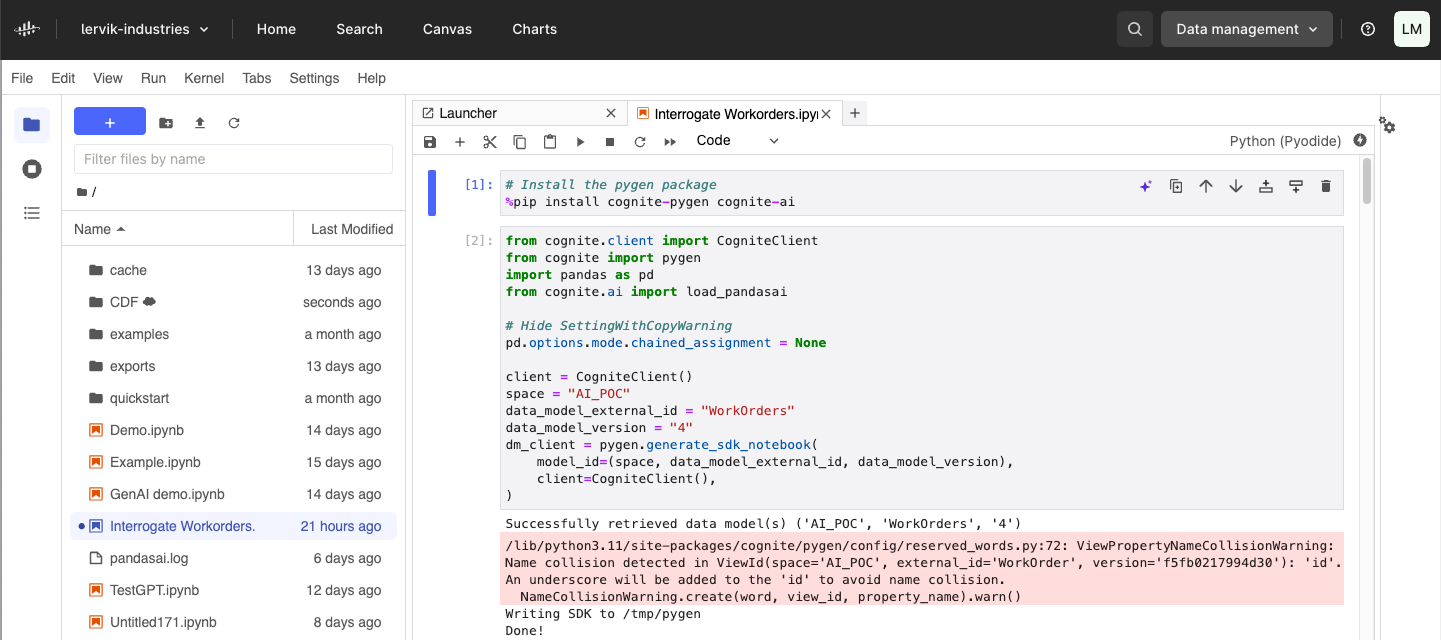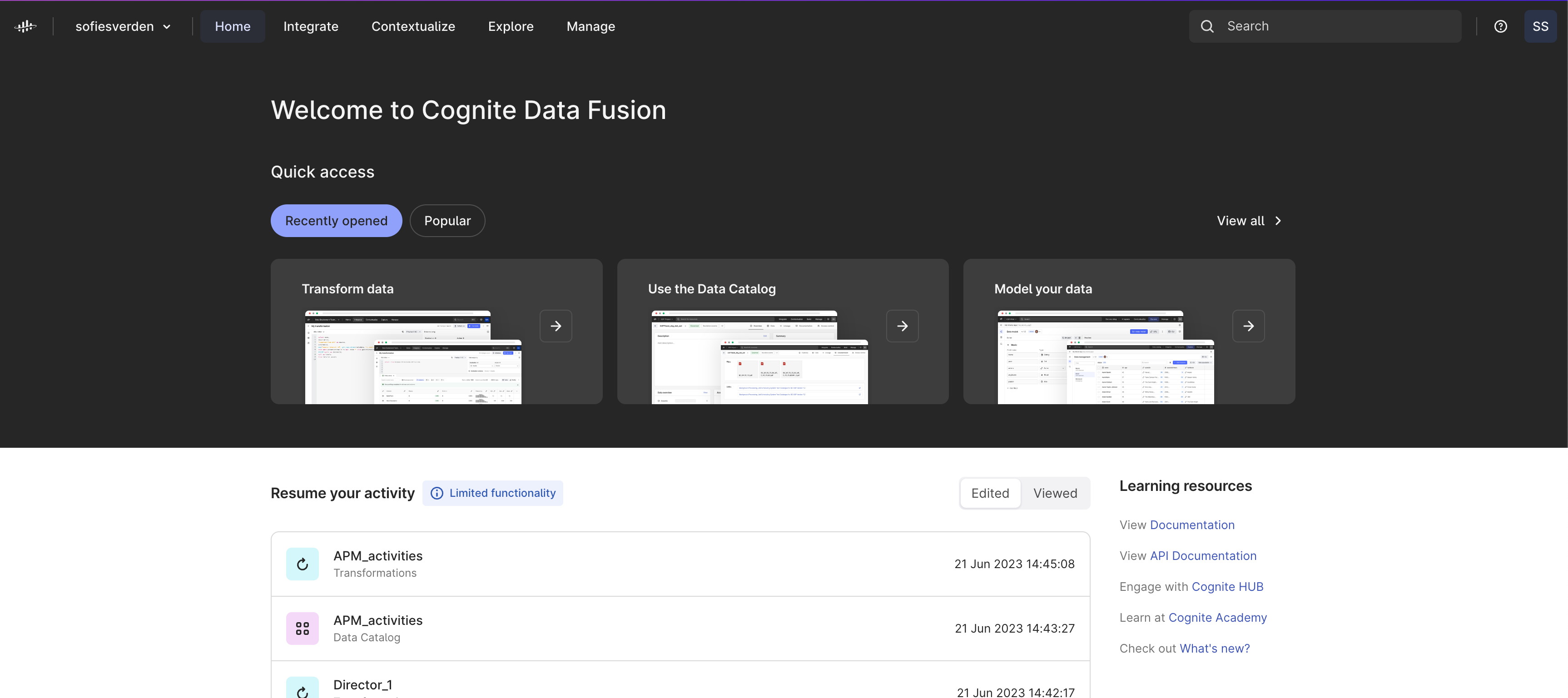📢 Important Announcement About Cognite's Python SDK
At Cognite, we are committed to continually enhancing the Data Modeling capabilities in the Cognite Data Fusion (CDF) platform while minimizing disruptions for our clients and users.However, we regret to inform you that a recent update in the Data Modeling API has broken older versions of the Python SDK. Specifically, the method used to list views, now it works exclusively in the latest versions of the SDK.To ensure seamless integration and uninterrupted usage of our platform, we strongly recommend all users to upgrade to the most recent version of the Python SDK, with a minimum requirement of version 7.37.0.We want to reassure our users that this change does not affect any functionalities within the SDK itself. Your existing workflows and applications should continue to operate as expected.Should you have any inquiries or require assistance, please feel free to reach out to Cognite Support. We're here to help!Thank you for your understanding and continued support as we strive to provide you with the best possible experience on the CDF platform. Best RegardsElka SierraProduct Manager - CDF Data Modeling and Contextualization


 Check the
documentation
Check the
documentation Ask the
Community
Ask the
Community Take a look
at
Academy
Take a look
at
Academy Cognite
Status
Page
Cognite
Status
Page Contact
Cognite Support
Contact
Cognite Support
